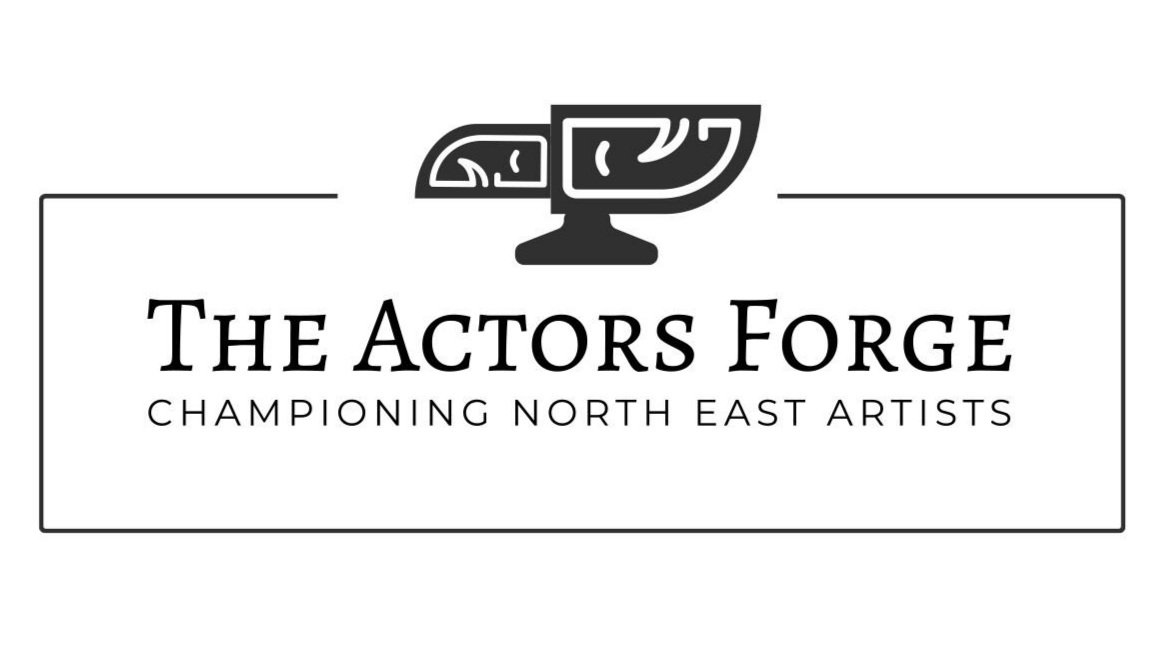Exploring the Diverse World of Acting Across Different Industries
Acting is a versatile art form that finds its place in various industries, each with its own unique demands and opportunities. As an aspiring actor, understanding the nuances of different acting styles and their respective industries can help you broaden your horizons. In this article, we'll take a journey through various acting domains, providing insight into the characteristics and some notable examples in each.
1. Film Acting:
The Basics: Film acting involves performing for the camera. It often requires subtlety and authenticity in portraying characters.
Examples: Meryl Streep's versatility in "The Devil Wears Prada." Daniel Day-Lewis's transformative performance in "There Will Be Blood."
2. Theatre Acting:
The Basics: Theatre acting involves live performances in front of an audience. It demands projection, stage presence, and the ability to maintain character consistency through a full performance.
Examples: Sir Laurence Olivier's iconic portrayal of Hamlet. Glenn Close's powerful stage performance in "Sunset Boulevard."
3. Commercial Acting:
The Basics: Commercial acting focuses on promoting products or services. Actors often need to convey enthusiasm and relatability.
Examples: The memorable Old Spice commercials featuring Isaiah Mustafa. The iconic Geico Gecko commercials voiced by Jake Wood.
4. Voiceover Acting:
The Basics: Voiceover acting involves providing voices for animation, commercials, video games, and more. It's all about using your voice to convey character and emotion.
Examples: James Earl Jones as the voice of Darth Vader in "Star Wars." Billy West's multiple character voices in "Futurama."
5. Motion Capture Acting:
The Basics: Motion capture acting is used in video games and films to capture an actor's physical movements for digital characters.
Examples: Andy Serkis's groundbreaking work as Gollum in "The Lord of the Rings." Zoe Saldana's performance as Neytiri in "Avatar."
6. Interactive Live Performance:
The Basics: Interactive live performance combines theatre and audience interaction, creating immersive experiences where actors interact with the crowd.
Examples: "Sleep No More" by Punchdrunk, where audience members explore scenes in a multi-story building. Interactive theater productions like "Tony n' Tina's Wedding."
7. Reenactments:
The Basics: Reenactment actors recreate historical events or real-life situations, often for documentaries and educational programs.
Examples: The actors in reenactments on true-crime shows like "Forensic Files." Historical reenactors at living history museums.
These different acting domains offer a wide range of opportunities, and actors often find themselves drawn to one or more based on their interests and strengths. Exploring these areas can help you discover where your passion lies and what type of acting career suits you best.

